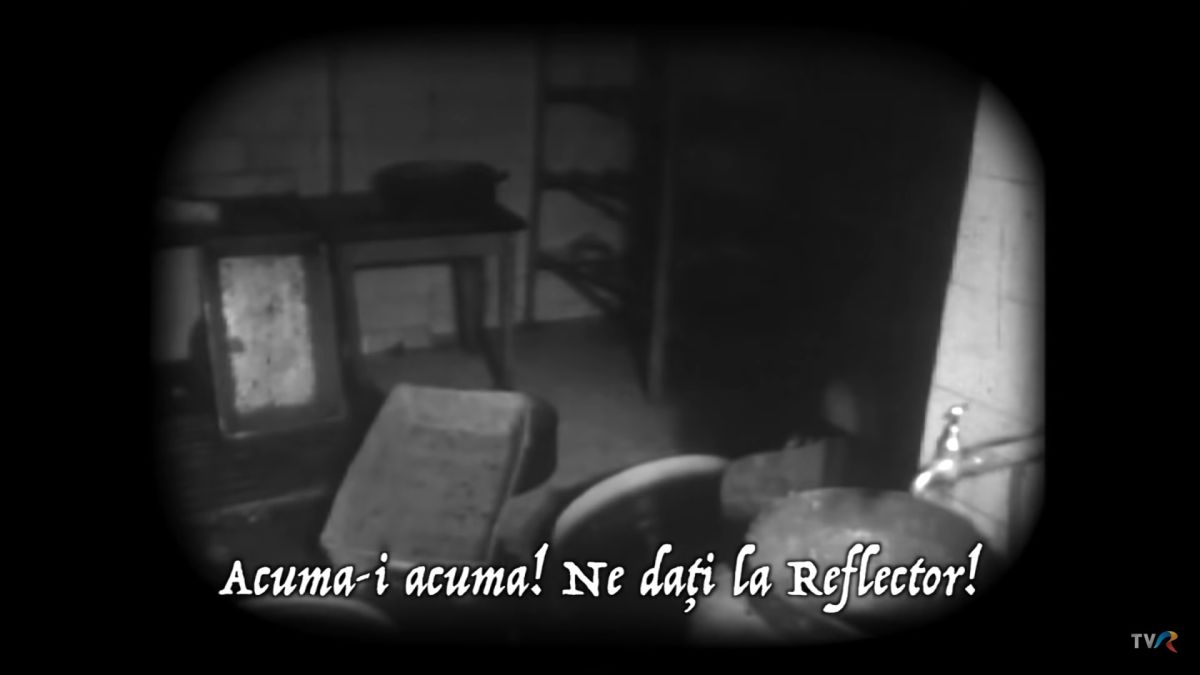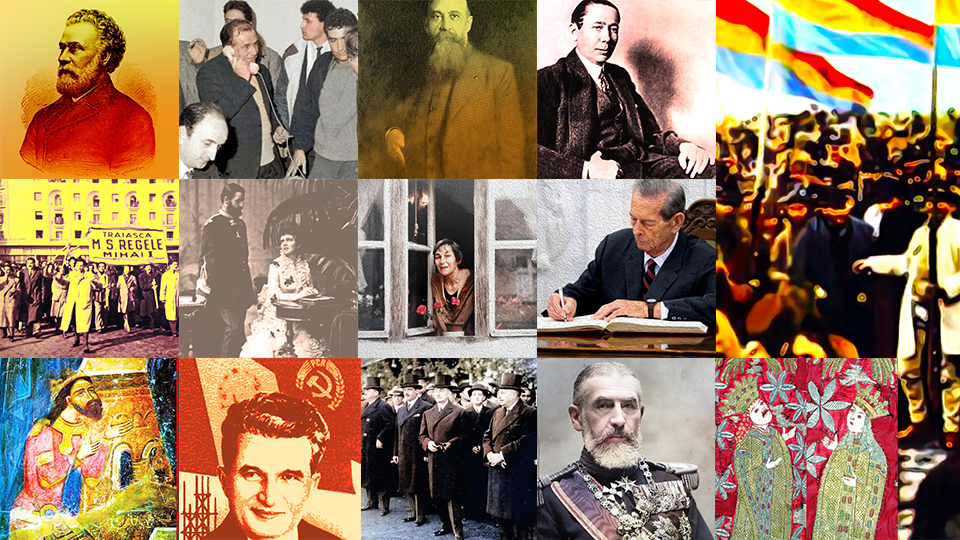Tattooing in Romania
Body painting is a practice with magical overtones found in all cultures.
Warning: Trying to access array offset on null in /home/web/rri.ro/public/wp-content/themes/rri/template-parts/content.php on line 53

Warning: Trying to access array offset on null in /home/web/rri.ro/public/wp-content/themes/rri/template-parts/content.php on line 98
Steliu Lambru,
28.10.2013, 13:22
Body painting is a practice with magical overtones found in all cultures. Nowadays, in the form of tattooing, it is more of an art form, a matter of fashion, expressing one’s personality and originality. It is also an intimate gesture, sometimes used to remember something very important for the person getting the tattoo. The sky is the limit when it comes to the patterns: exotic animals, calligraphy, esoteric symbols, flower patterns, landscapes, portraits, and many more. Art tattoos are a relatively new practice, much different from what it used to be no more than a century ago.
The history of tattoos is a history of mankind and its many facets. Historian Adrian Majuru helps us navigate the rich significance of tattoos, as it was studied in the early 20th century.
“If we talk about historical studies, we should begin with physician Nicolae Minovici. He published the first monograph of its kind, The Fashion of Tattoos in Romania. First and foremost he dealt with everything he could find in the field. He ran the anthropometrics department of the Medical Forensics Institute, where they made all sorts of measurements. He was interested in tattoos, and he photographed everyone that had a tattoo. Many of these ended up in his book, drawn by himself at a 1:1 scale, and classified scientifically by theme. This book was published at the same time in Paris and Bucharest in 1905. This is an older story, because Nicolae Minovici treated these tattoos anthropologically, but he did not look to the past. In the history of Romania, going back to the Middle Ages, we had people with tattoos reflecting their social status, such as membership to a guild or a professional cast. Our sources do not mention this often, but since medieval legislation did not ban this, people were not scandalized by the presence of tattoos in Romanian medieval society.”
Tattoos were also environment specific, such as when going into the army:
“Generally, tattoos were done in the army, because there was a three year conscription in place. That does not mean that all conscripts were getting tattoos, it was voluntary. However, many people coming out of the army to rejoin society had tattoos. There is a very interesting example, a tailor from Bucharest, who went for a few years into the French Foreign Legion after WWI, and was stationed in North Africa. He was studied by physician Francisc Rainer, and we have the photos he took. This young man, who hadn’t turned 30, had three tattoos done in Maghreb, in the Atlas mountains, by a Czech man from the Foreign Legion. One of them was the portrait of a woman with an elaborate hairdo, tattooed on his chest. He also had two stars tattooed on his shoulders. This is the only case so far in the collection of tattoos where the person is actually known, and the circumstance of how he got the tattoos are known.”
People on the fringe of society often had very emotionally charged tattoos. We are talking about prison inmates or prostitutes. Here is Adrian Majuru once again:
“Some prostitutes had tattoos that were beauty enhancers, such as a beauty mark or a small flower. Sometimes, more seldom, some prostitutes had tattoos that were very personal on an emotional level, such as the name of a man that they had cared for very much. This sometimes was detrimental to their livelihood, since many men would turn them down once they saw the name of another man tattooed on their skin. Other prostitutes had erotic scenes tattooed. In Nicolae Minovici’s book we see a prison tattoo of a death row inmate smoking his last cigarette, while he was being taken to the gallows. Generally, in these environments tattoos represented things that had an emotional impact on those people, pleasant or tough moments which they did not want to forget.”
Overall, what all tattoos have in common is emotion. Here is Adrian Majuru once again:
“Many men had tattoos with the names of their lovers, wives, sometimes children. At the Medical Forensics Institute they have an interesting tattoo from 1873, the oldest in their collection. It is a tattoo of a lady in a crinoline called Gherghina, holding a child, Ionut, by his hand. Between them the year 1873 is tattooed. This was probably an attempt to remember loved ones when going away, one took their loved ones with them in this way. These were gestures of love or beauty enhancement, not showing off. In western countries, in elevated circles, there were even relief tattoos. They were ornamental tattoos resembling bracelets on the forearms, or rings on fingers, vividly colored. Minovici describes them in his book as being found in high European urban society in the early 20th century.”






























